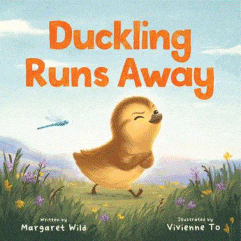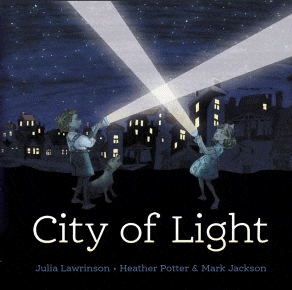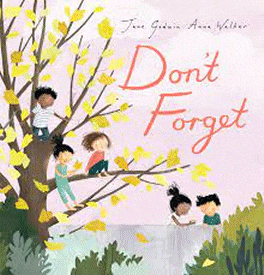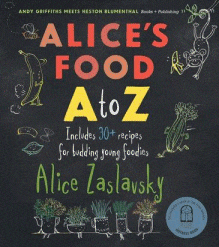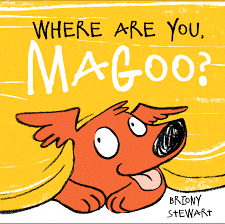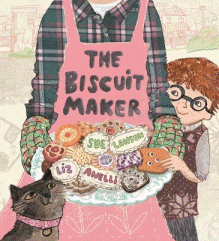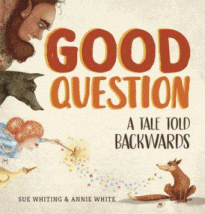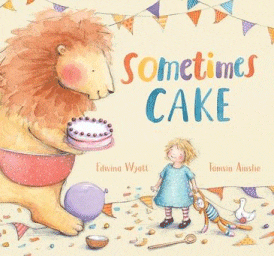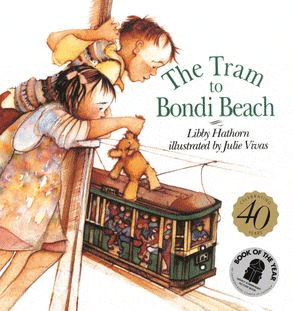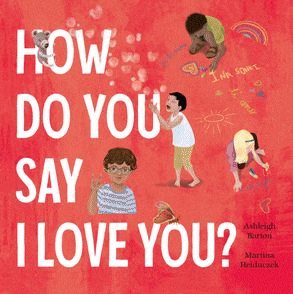
How Do You Say I Love You?
How Do You Say I Love You?
Ashleigh Barton
Martina Heiduczek
ABC Books, 2022
32pp., hbk., RRP $A22.99
9780733342172
In every country around the globe,
we all have ways to show
the people who mean the most to us
what they ought to know.
And whether through actions or words, the three most important we can utter are “I love you” and every language has its own phrase to express the emotion.
In this companion to What Do You Call Your Grandpa?, What Do You Call Your Grandma? and What Do You Do to Celebrate? young readers journey around the world from dawn to dusk, having meals and school days in a variety of places and learn that wherever they are, the bonds are strong and each country has its own way of saying “I love you.’ Whether it’s Sami saying munayki in Quechua, one of the official languages of Peru and Bolivia or Tala in the Philippines saying mahal kita in Tagalog, or Henry signing in Auslan, it’s obvious that regardless of the words, it is the love that is shared that is the main thing.
While there are clues to the locations in the illustrations, there is also a glossary that explains where the children are, the language they are speaking and where they are living. It just screams to be added to by the children in your care as they add their own special words in their language. No wonder it’s a CBCA Notable Book for 2023.
Aroha ahau ki a koe
